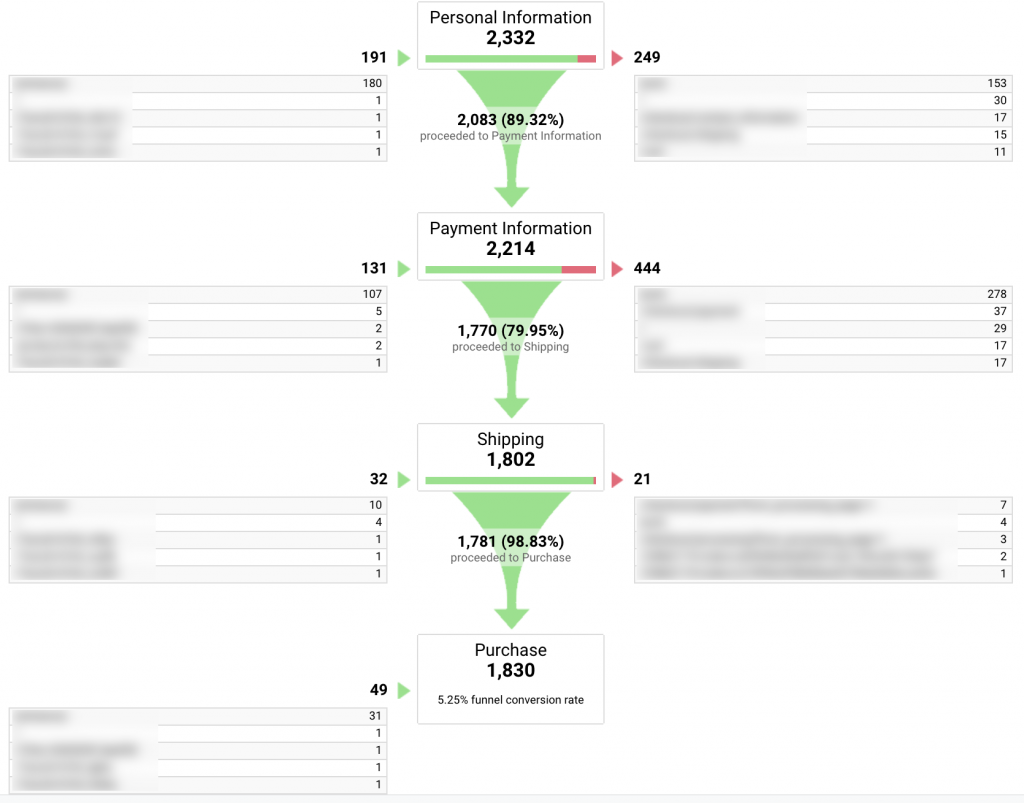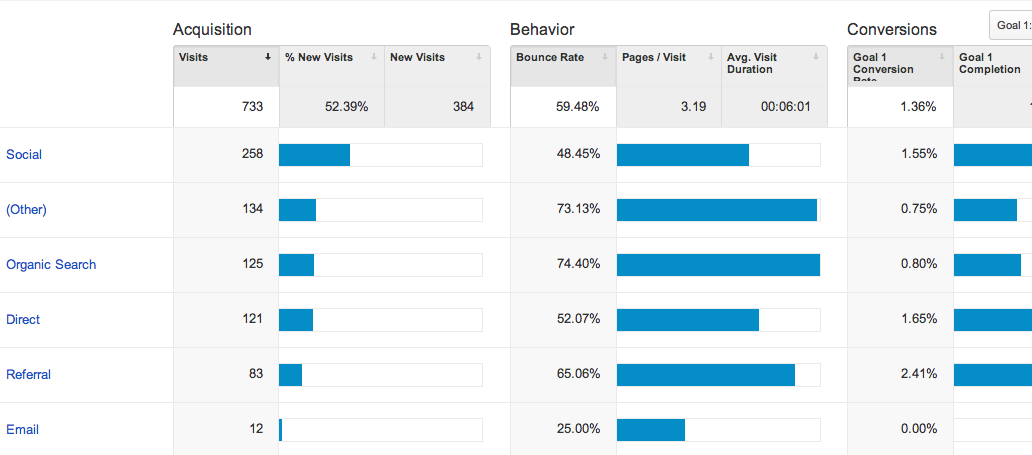Discover the Limitations of Google Analytics Goals: Unveiling the Information Types That Remain Untrackable
As businesses increasingly depend on data-driven decision-making, comprehending the limitations of tools like Google Analytics ends up being extremely important. While Google Analytics Goals offer important insights right into user interactions, there exist data kinds that avoid monitoring, posturing obstacles to an extensive understanding of customer actions.
Insufficient Individual Journey Tracking
Insufficient user trip monitoring within Google Analytics can impede the capability to precisely evaluate individual habits. When the customer journey is not totally tracked, there are spaces in the data that stop a detailed understanding of how users interact with a web site. This absence of understanding can result in missed out on opportunities for optimization and renovations to the user experience.
One usual problem with incomplete user journey monitoring is the lack of ability to see the full course that individuals take before completing an objective or leaving the site. Without this information, it is challenging to identify where customers may be encountering challenges or rubbing factors that stop them from transforming. Furthermore, insufficient tracking can obscure the effect of particular marketing efforts or site modifications on individual habits.
To resolve this restriction, it is important to establish correct tracking systems within Google Analytics to catch the entire individual trip. This might involve establishing up occasion monitoring, goal funnels, or utilizing devices like Google Tag Supervisor to make sure that no essential communications go unrecorded. By acquiring a comprehensive sight of the customer journey, web site proprietors can make more informed decisions to improve user involvement and drive conversions.
Attribution Challenges
Navigating through attribution obstacles in Google Analytics requires a thorough understanding of just how various touchpoints contribute to the general conversion process. Acknowledgment obstacles emerge from the complexity of contemporary customer journeys, where users connect with multiple channels prior to converting.
One typical acknowledgment obstacle is the problem in attributing conversions to the appropriate source, specifically in instances where individuals interact with multiple channels before converting. In addition, cross-device tracking positions another attribution challenge, as individuals often change in between gadgets during their journey, making it testing to track their interactions flawlessly.
Offline Conversions
Given the obstacles associated with associating conversions accurately in online networks, the dimension of offline conversions offers a considerable possibility for online marketers seeking a much more detailed understanding of their clients' trip. Offline conversions describe activities that clients absorb the real world, such as making acquisitions in brick-and-mortar stores or over the phone, attending events, or involving with printed materials - what data is google analytics goals unable to track. These conversions are important for businesses that run both online and offline, as they supply useful insights right into the performance of advertising and marketing projects across numerous touchpoints
Tracking offline conversions commonly posed a considerable obstacle for marketers, as it was testing to link these actions you can try these out back to certain on the internet communications accurately. With improvements in technology, such as the assimilation of CRM systems, distinct identifiers, and discount coupon codes, services can currently connect the void in between online and offline information to get a more holistic sight of customer actions. By properly measuring offline conversions, online marketers can enhance their techniques, designate sources more efficiently, and inevitably enhance the general customer experience.
Cross-Device Tracking
Cross-device tracking plays an important role in comprehending the interconnected nature of consumers' electronic interactions across numerous tools. In today's omnichannel world, where customers effortlessly change in between desktop computers, tablet computers, and smartphones, tracking their habits throughout these gadgets is crucial for marketing experts to gain an extensive view of their customer journey.

Furthermore, privacy concerns and laws such as GDPR and CCPA have even more complex cross-device tracking. With customers requiring even more control over their data and boosted limitations on monitoring technologies, marketers should find cutting-edge and privacy-compliant ways to connect customer communications across devices.
Dynamic Web Content Involvement
Understanding individual involvement with dynamic material is pivotal in enhancing electronic advertising and marketing strategies for improved audience interaction. Dynamic web content describes internet site elements that change based on customer actions, choices, or other aspects, supplying a tailored experience. Tracking user interactions with dynamic material positions difficulties for standard analytics devices like Google Analytics.
While Google Analytics can track basic interactions like clicks and web page sights, it may have a hard time to record more nuanced interactions within dynamic web content. what data is google analytics goals unable to track. Metrics such as time spent on particular vibrant components, float activities, or interactions within pop-ups are usually not easily measurable using typical tracking approaches. This restriction hinders online marketers' ability to fully comprehend exactly how users are engaging with vibrant web content and customize their approaches accordingly

Conclusion
Finally, Google Analytics goals have limitations in tracking insufficient individual trips, connecting conversions properly, capturing offline conversions, tracking cross-device interactions, and measuring vibrant content involvement. These constraints highlight the significance of discovering added monitoring methods and tools to get a much more extensive understanding of customer actions and conversions past what Google Analytics can provide.
While Google Analytics Goals deal important insights into individual communications, there exist data types that thwart tracking, positioning difficulties to a detailed understanding of customer behavior.Incomplete individual journey tracking within Google Analytics can prevent the ability to accurately evaluate individual actions. When the customer journey is not completely tracked, there are gaps in the information that protect against a detailed understanding of exactly how customers interact with a website.One common problem with insufficient individual trip tracking is the failure to see the full course that customers take in the past completing an objective or leaving the site. By read acquiring an extensive view of the user journey, site owners can make more educated decisions to improve customer engagement and drive conversions.